Artisan
Lingering Memory / Michiko Van de Velde
2025.11.12
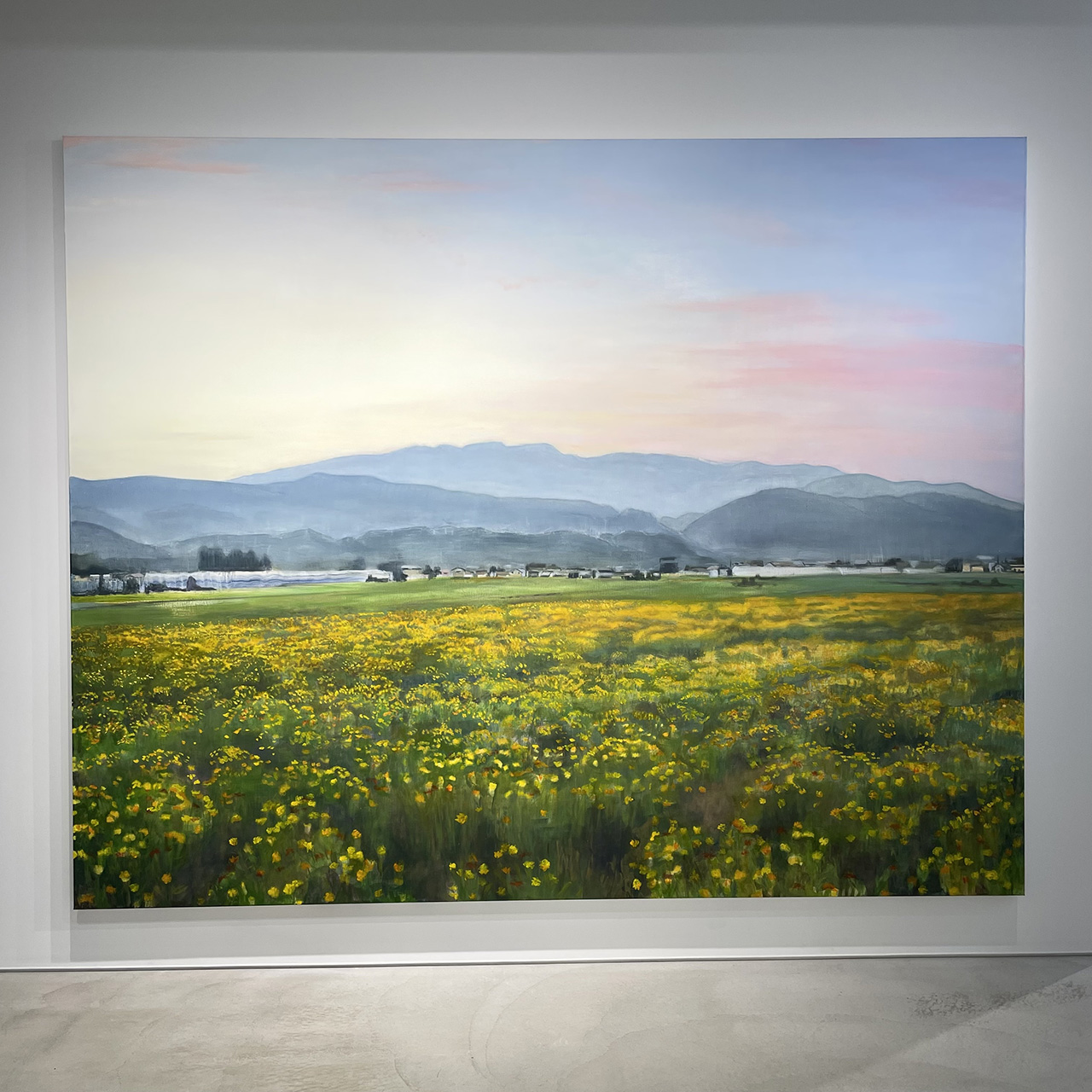

Artisan
Text: Adrian Kreutz
2023.07.21
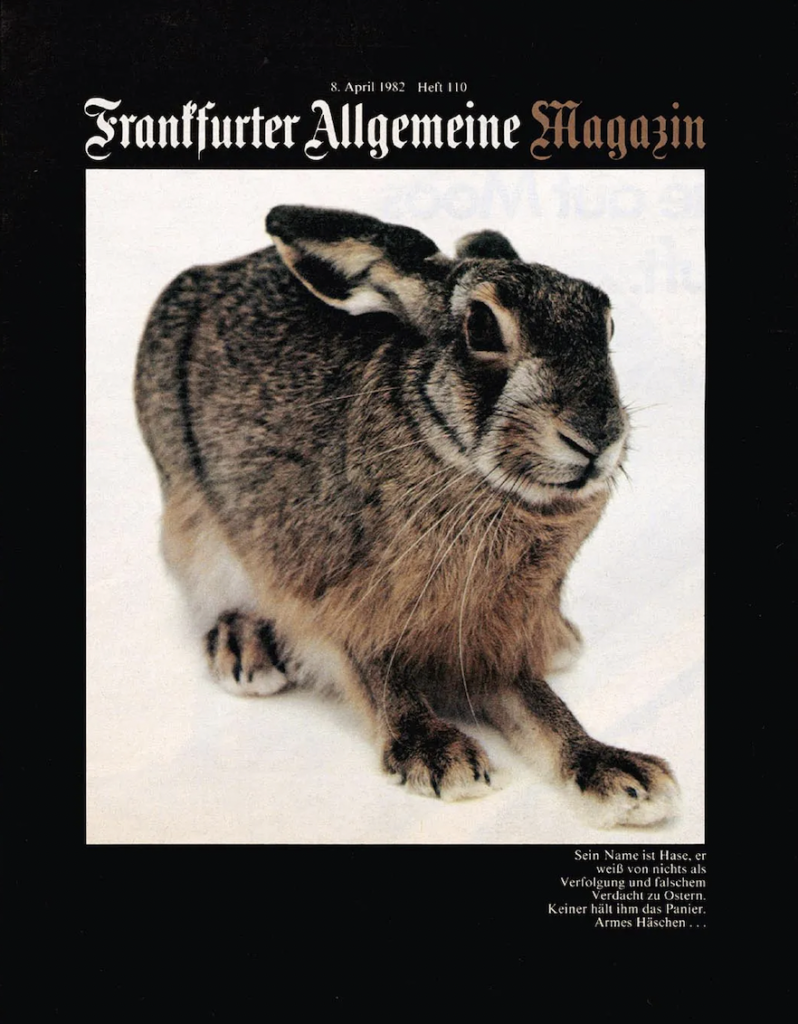
Does literature have a colour? This sounds like an absurd questions, but not to Willy Fleckhaus (1925 – 1983), nicknamed “Germany’s most expensive pencil”. Fleckhaus thought that poets, writers, and philosophers naturally connected to certain colours. Walter Benjamin’s famous work on art appeared to Felckhaus in a shade of light green. The cinema of Godot was signal red. Herbert Marcuse’s landmark text of the 1968 revolts in Paris, the Essay on Liberation, came in darkest blue.
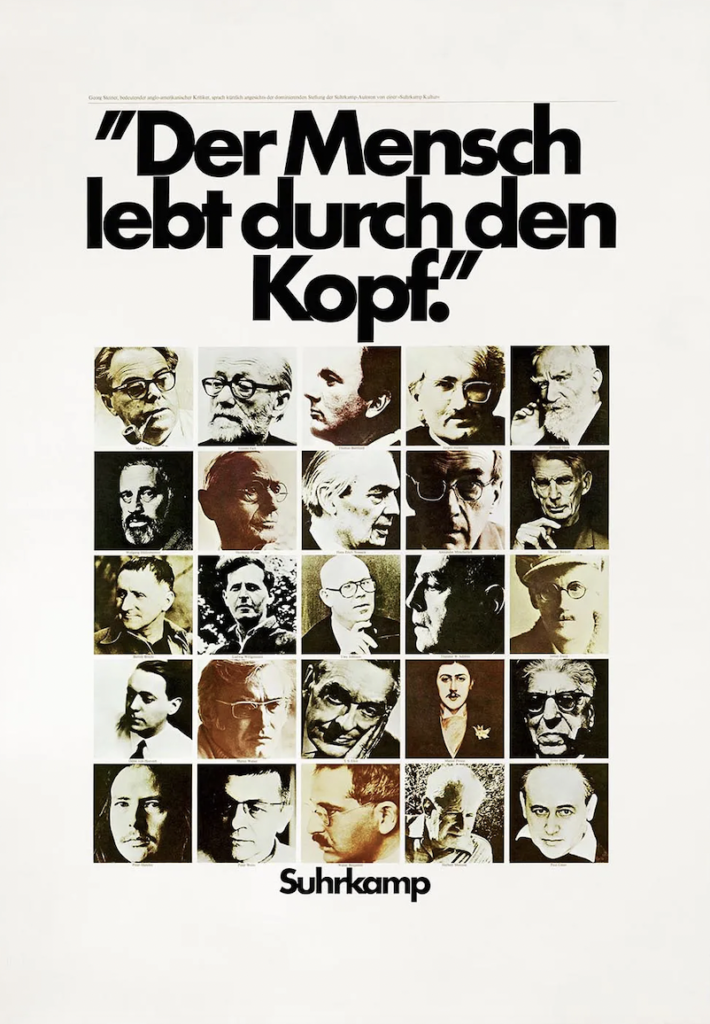
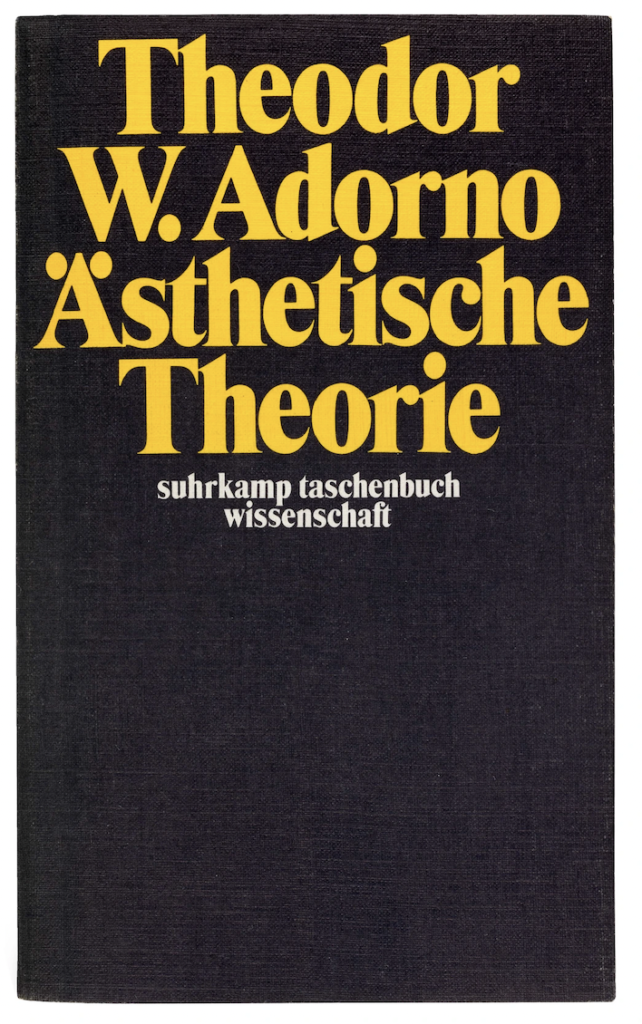
Fleckhaus was one of the most creative graphic designers ever to have lived. In fact, he revolutionised graphic design and typography. Today’s design profession owes a lot to Fleckhaus. He became internationally known for the design of the lifestyle magazine twen. The magazine was modern, radical, elegant: tailored towards a new generation of post-war kids. Later, his design for the Bibliothek Suhrkamp revolutionised the book marked. He chose different colours for different authors. On collection, the books appear as a rainbow. His last major project was the Frankfurter Allgemeine Magazin, which is still in print.
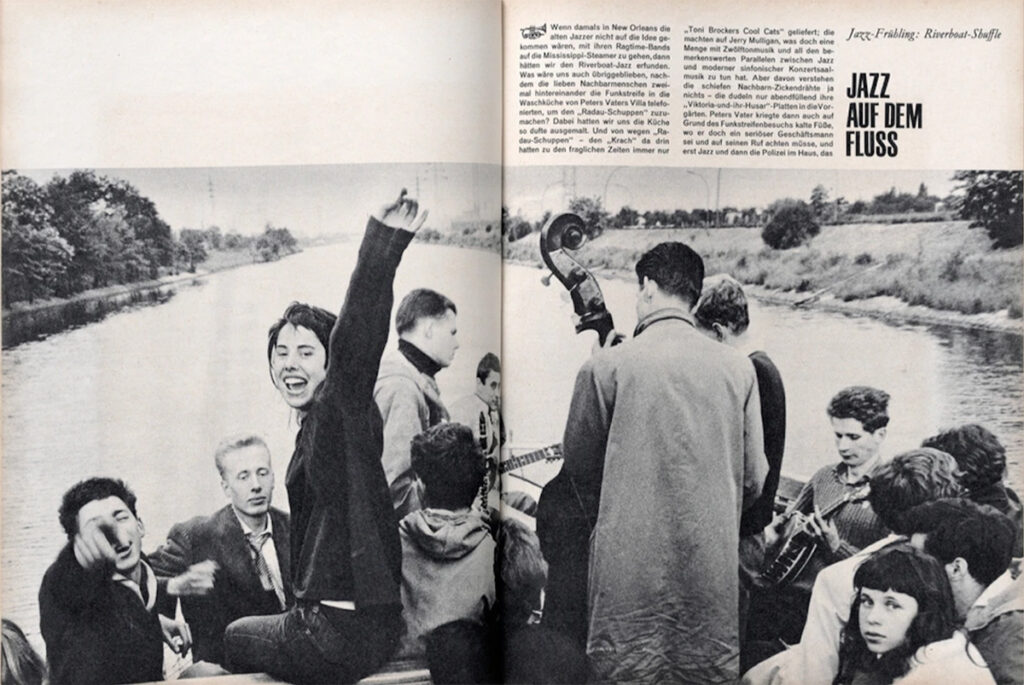
The design language of Fleckhaus built on a distinctive tradition of German design. Just think of the Baushaus. Sadly, the barbarism of the Nazi regime wiped out that visual language of German modernism. Fleckhaus revived that design language after the war. Today, Fleckhaus’ work is largely forgotten – if ever-present in modern design.
Adrian Kreutz
Political Theorist and writer. Based in London, Adrian teaches philosophy and politics at the University of Oxford, UK.
Artisan
Lingering Memory / Michiko Van de Velde
2025.11.12

Artisan
Choreographies of the Everyday
2025.10.31
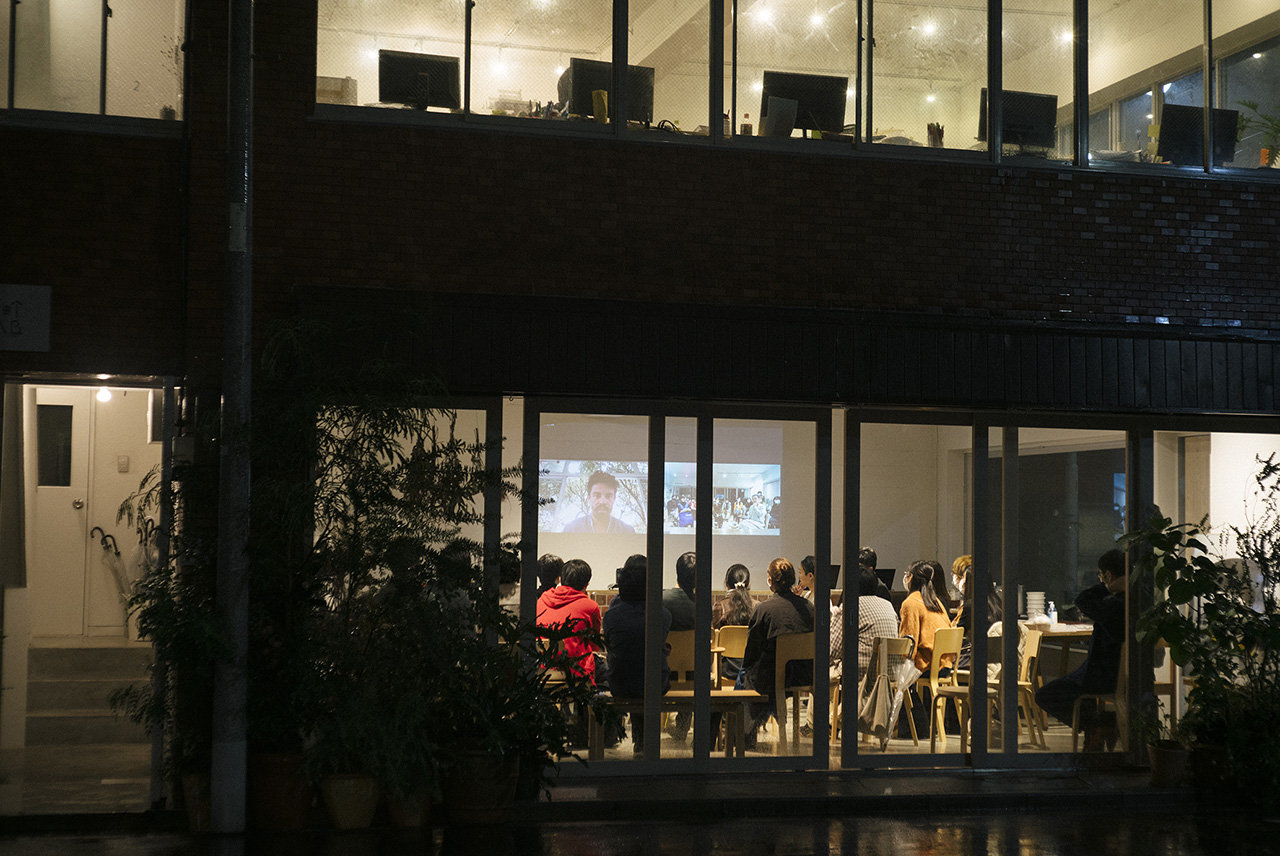
Artisan
Hiroshima Architecture Exhibition / Yurika Kono
2025.10.03
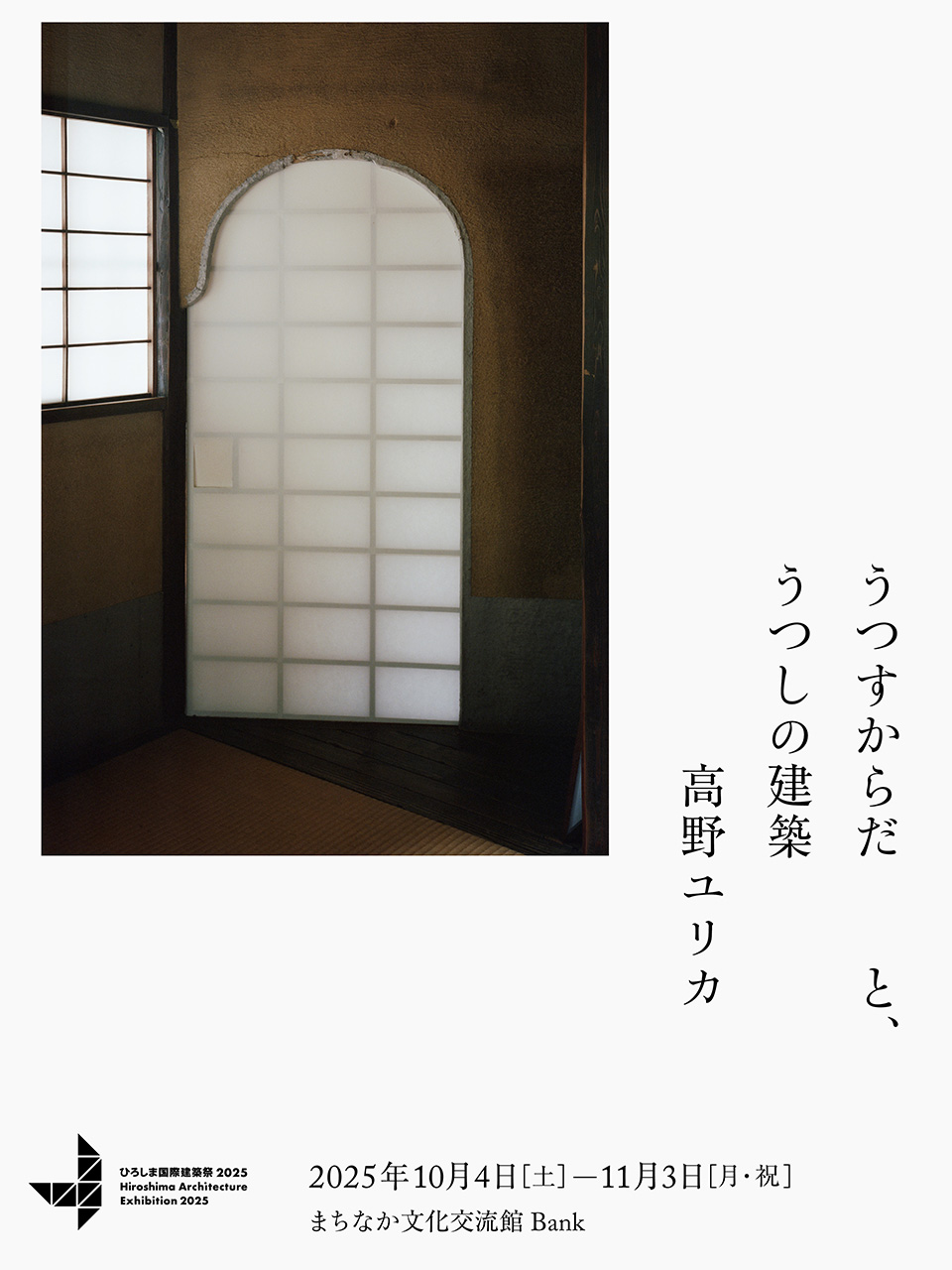
Artisan
Choreographies of the Everyday
2025.09.17
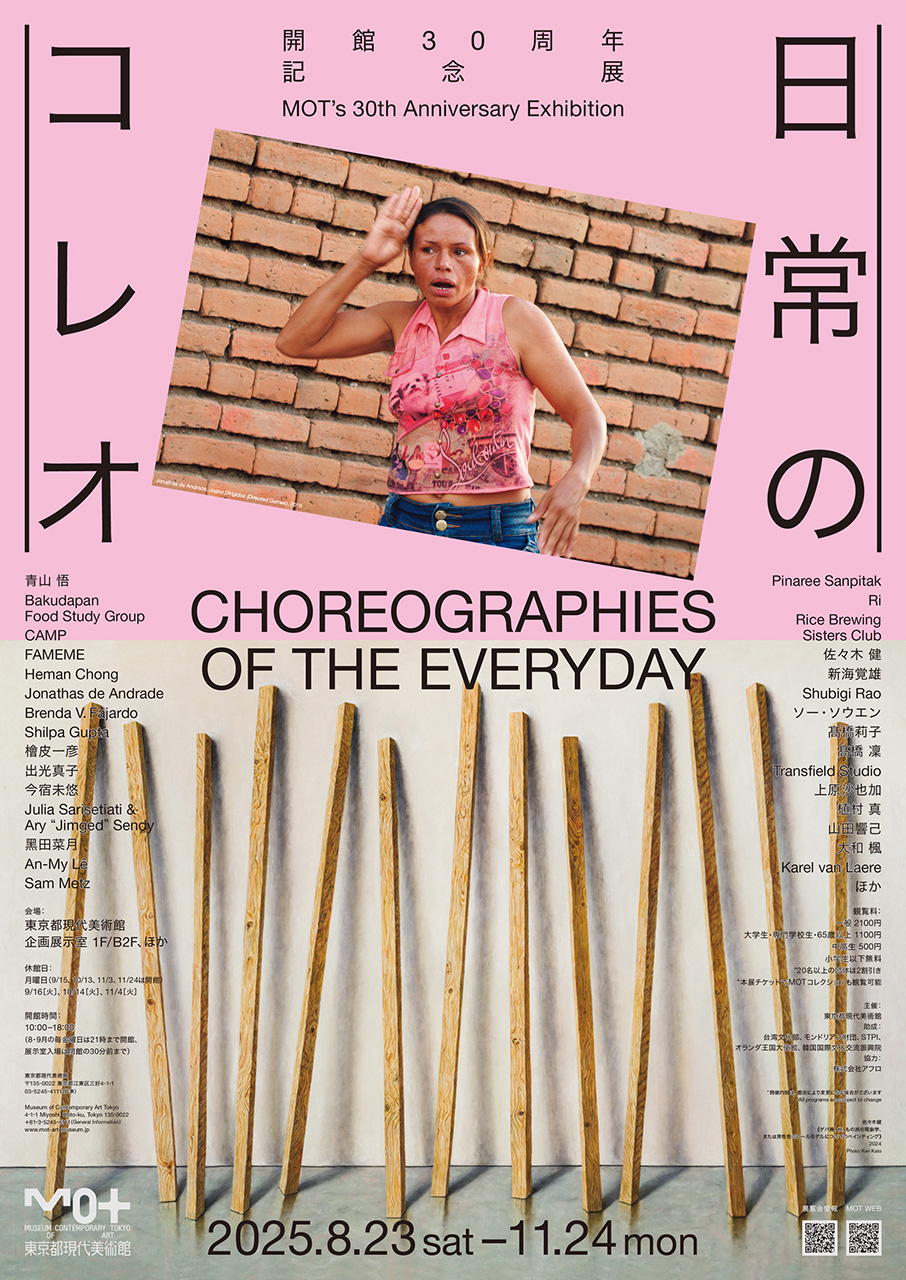
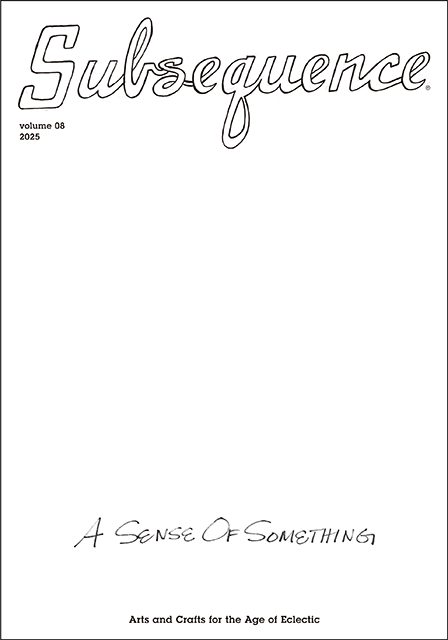
volume 08
2025-1st

Bilingual Japanese and English
260 × 372mm 148P
Release date: December 13, 2025